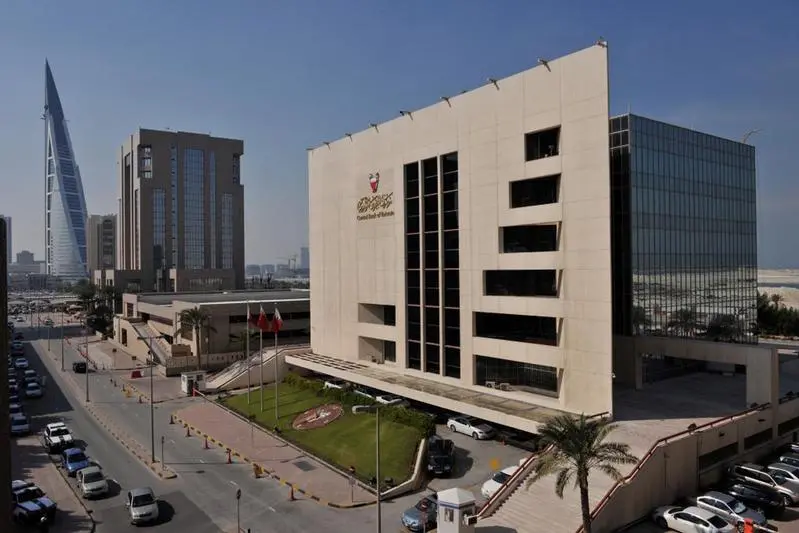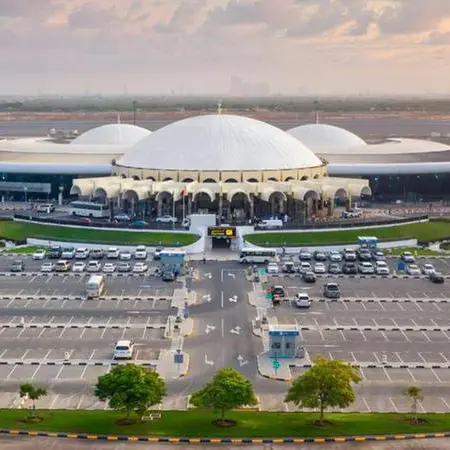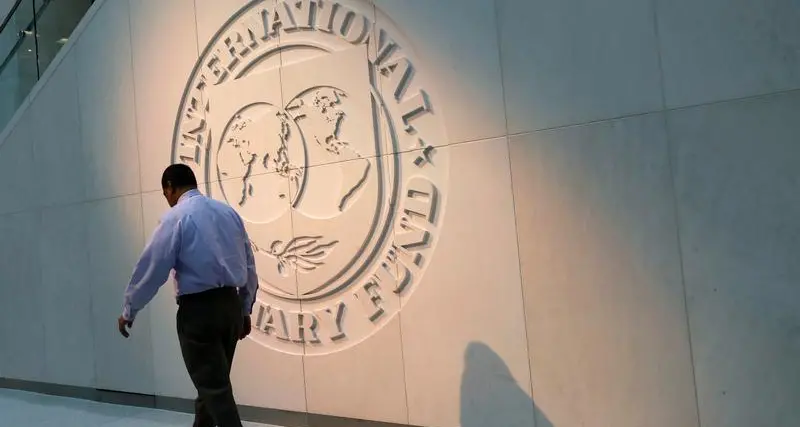PHOTO
Thanks to robust non-oil sector growth and ongoing regional investment in infrastructure development, Bahrain's banks are proving more resilient than expected during this period of lower oil prices.
According to international credit ratings agency Moody's, strong sector liquidity and ample capital buffers should allow the country's banks to adapt to the more challenging economic environment, though funding and profitability could still be affected in the coming 12-18 months.
Accordingly, Moody's revised its outlook for Bahrain's banks from stable to negative in July, citing an anticipated slowdown in economic growth and suggesting that prudent risk management measures be put in place.
Banks well placed to deal with downturnAlthough Bahrain's Economic Development Board (EDB) has confirmed that the local economy is cooling, better-than-anticipated performance in the non-oil economy, which makes up around 80% of the island's GDP, is providing some cushioning.
According to Moody's, non-oil GDP growth could reach 3.5% this year, compared to the 2.7% growth projected for the broader economy. This is due in large part to the 5.7% year-on-year decline in the hydrocarbons sector in the first quarter of the year, as per EDB figures.
Moody's said the kingdom's banks were well placed to ride out a more difficult operating environment, with the 113 banks active in the local market - a mix of locally incorporated and foreign commercial and Islamic lenders - holding combined assets of $189.1bn, according to the most recent figures from the Central Bank of Bahrain (CBB).
Infrastructure supportIn addition to a growing contribution from the non-oil economy, Bahrain's banks are set to benefit from regional assistance in the form of the GCC Development Fund. According to local press reports, Bahrain will receive $10bn of funding over the next decade from the regional bloc to finance large-scale infrastructure projects.
Among these is the expansion of Bahrain International Airport, at an estimated cost of some $4.6bn, which will include a new 170,000-sq-metre terminal building and boost passenger-handling capacity from 9m to 13.5m per year.
Bahrain also plans to further its housing scheme, as well as construct or upgrade crucial transport infrastructure, such as railways and roads. Roughly half the GCC funds will be channelled towards construction of residential units, according to MEED.
Future concernsThough reasonably well insulated, the sector could still feel the impact of growing pressure on state finances, according to ratings agency Fitch, which downgraded Bahrain's long-term foreign currency issuer default rating from "BBB" to "BBB-" in June on weaker oil prices and a rising budget deficit. This followed an earlier downgrade by Standard & Poor's in February of both the sovereign and the CBB, from "BBB" to "BBB-".
Fitch forecasts that debt to GDP could rise to 54.2% this year and 58.6% the following year, compared to 12.6% at end-2008.
According to Moody's analyst Christos Theofilou, Bahraini banks' significant exposure to sovereign-related debt - at around 1.6x their equity as of July - will put the sector's credit profile more closely in line with that of the sovereign.
Moody's has also warned that the sector may need to increase loan-loss provisioning in the coming months. While non-performing loan (NPL) ratios have remained relatively stable, many banks are still working to resolve and write off legacy defaults, and Moody's has predicted a slight uptick in NPLs in the next 12-18 months, to 6-6.5% by mid-2016.
While relatively smooth sailing prevails for the time being, investors will be keeping their eyes open for other ratings action. Further downgrades would not only raise sovereign borrowing costs, but could also impact the availability of funding for the country's banks as they seek to tap international markets. Resulting declines in net interest revenue could further constrain private sector borrowing and investment, made more important in the face of reductions in government spending.
© Oxford Business Group 2015












